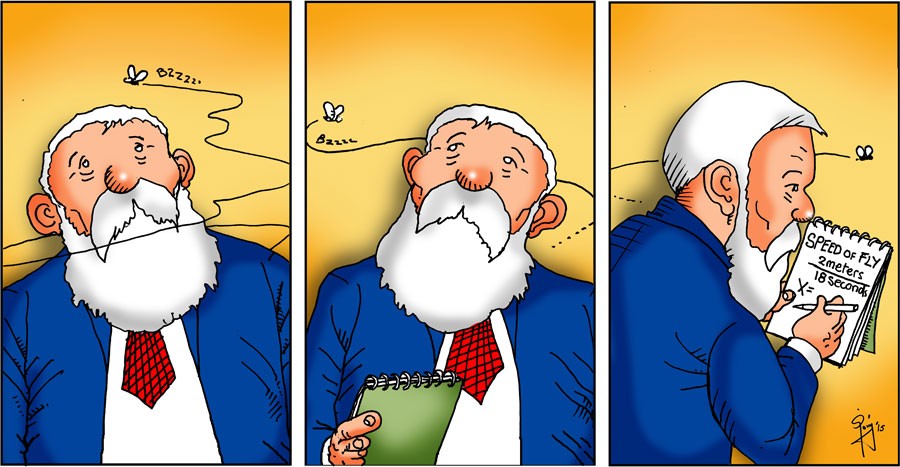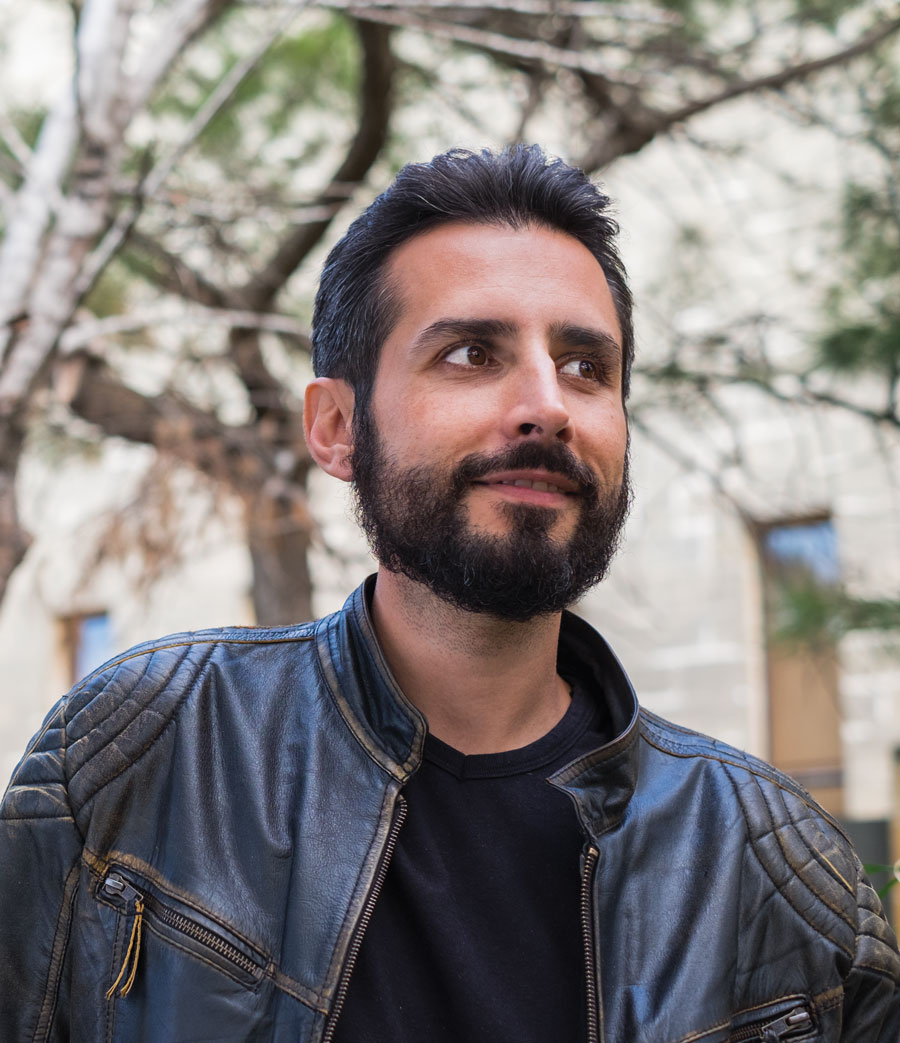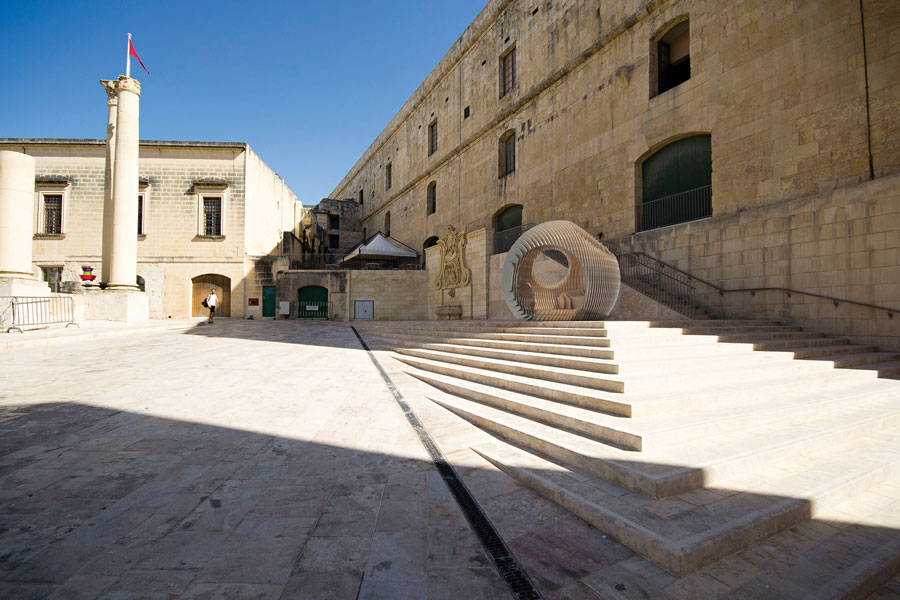Charlo Pisani reviews the Iranian film released in 1999.
Continue readingDon’t Think — December 2015 Edition
Of Science & Literature
Prof. Rena Balzan (Department of Physiology and Biochemistry, Faculty of Medicine & Surgery, University of Malta) stands out as one of the first women in Malta to carve out a scientific research career. She is also the author of numerous poems and novels in Maltese. Research colleague Dr Gianluca Farrugia delves into her backstory underlying her lifelong pursuit of both Maltese literature and science, which includes research on the anti-cancer properties of aspirin using Baker’s Yeast. Illustrations by NO MAD.
Make games, make yourself
Want to lose weight? Then design a game. Preliminary data by Dr Stefano Gualeni edges towards game design as a self-transformative experience that could change political views or even our capability to excel at that dreaded organic chemistry. Words by Ashley Davis.
Il-Boċċa
Come relax in Il-Boċċa, a playful wooden sphere created with cutting-edge design tools. Its shape helps reduce the structure’s scale. Valletta has grand buildings with narrow streets that cannot handle large structures.
It Follows — Film Review
Noel: Early in the film, Jay (Maika Monroe) asks Hugh/Jeff (Jake Weary) to pick a random stranger with whom he wouldn’t mind switching lives. Curiously enough he chooses a little boy because he envies his ‘total freedom’, going ‘to the bathroom any time [he wants]’ and ‘get[ting] away with that’.
It’s telling that, out of all possibilities, Hugh/Jeff goes for toilet duties. Apparently he yearns for a regressive state in which his ego is not yet fully formed, one in which he is fully dependent on an outside agency. It’s a strange thing coming from a young man on the cusp of adulthood. However this is a theme that runs through the entire film: a sort of coming of age tale in reverse.
The protagonists in It Follows seem to be battling against the relentless passage of time. They are doing things that grown-ups do, including sex; yet they still want to be like that little boy and shed responsibility. By doing so they subvert one of the main tropes of the slasher film, a sub genre which It Follows certainly endorses: sex as a rite of passage from childhood into adulthood.
Jay repeatedly uses the house pool. With our Freudian hats on, the pool becomes an obvious reference to her trying to reclaiming the security of her mother’s womb. It’s her comfort zone and she goes there to be on her own, to feel safe. We never see her share the pool with anyone else.
It is revealing though that when Jay (supposedly) has sex with three men in a boat, she goes back to the pool only to find it broken and empty of water. This suggests that her indiscriminate choice of sexual partners has robbed her of a substantial amount of that yearned for ‘childhood innocence’. She has crossed the point of no return, another manifestation of which is the murderous spectre that is ruthlessly following her.
“The nuclear family has jumped ship. There is nobody to whom the young generation can turn to for advice and they are left to cope on their own.”
The adult world is conspicuously absent. We rarely come across grown-ups and when we do they seem to inhabit a different world. Take when Jay enters the living room garbed in a towel, as her sister and her friends are watching tv. Their mother is at the back of the shot, totally immersed in her glass of wine and phone conversation, visually cut off by a wooden beam and separate lighting. It happens again when Jay is talking to a policeman. The camera is placed very low, giving us a child’s point of view, and the officer is nothing but a disembodied bit of trouser leg.
The nuclear family has jumped ship. There is nobody to whom the young generation can turn to for advice and they are left to cope on their own. It Follows is an anti-coming of age tale because there is no conflict between the young and the old, and without conflict there is no growth.
Krista: It Follows has received widespread recognition making ripples outside the niche/cult horror community. Film critic Mark Kermode commented on its ‘art-house’ distance from genre conventions. Horror films that challenge boundaries are hardly rare; however, few receive such wide recognition. The reasons are rooted in how certain film genres are viewed, which is problematic. This leads to the elevation of films that seemingly transcend genre.
It Follows has won recognition, while embracing its genre-allegiance.
Its quasi-climactic pool scene is reminiscent of the finale in Cronenberg’sShivers (1975). Both films feature a kind of infectious sexual awakening. However, where Shivers is celebratory, orgiastically joyful, the sex in It Follows feels oddly uneventful. Though the climax takes place in a communal pool, it follows the pattern established in the previous house pool scenes—Jay is isolated within the larger pool.
The film’s use of space reinforces this impression of isolation. Though in the vein of coming-of-age movies, the film foregrounds friendship, there is a sense of extended silence, isolation—a space of waiting, never fully breached. As the teacher reads TS Eliot’sThe Love Song of J. Alfred Prufrock, Jay sits at the far end of a long table on her own. This is reinforced in scenes showing expanses of sea and sand and grey, with a slow walking ‘it’ that follows Jay. The slowness of this sinister presence that permeates the film is reminiscent of Hancock’sLet’s Scare Jessica to Death (1971) and Blatty’sExorcist III: Legion (1990).
There is anticipation, but as Noel notes, there is no corresponding growth. The film lacks a climax – dread settles, quietly. On the way to the pool, Yara (Olivia Luccardi), one of Jay’s friends reminisces: ‘when I was a little girl, my parents wouldn’t allow me to go south of 8 Mile. And I didn’t even know what that meant, until I got a little older, and I started realising that that’s where the city started, and the suburbs ended.’ The film positions itself in a moment of suspension, never leaving the suburbs, calling: ‘there will be time, there will be time…’ But time for what?









